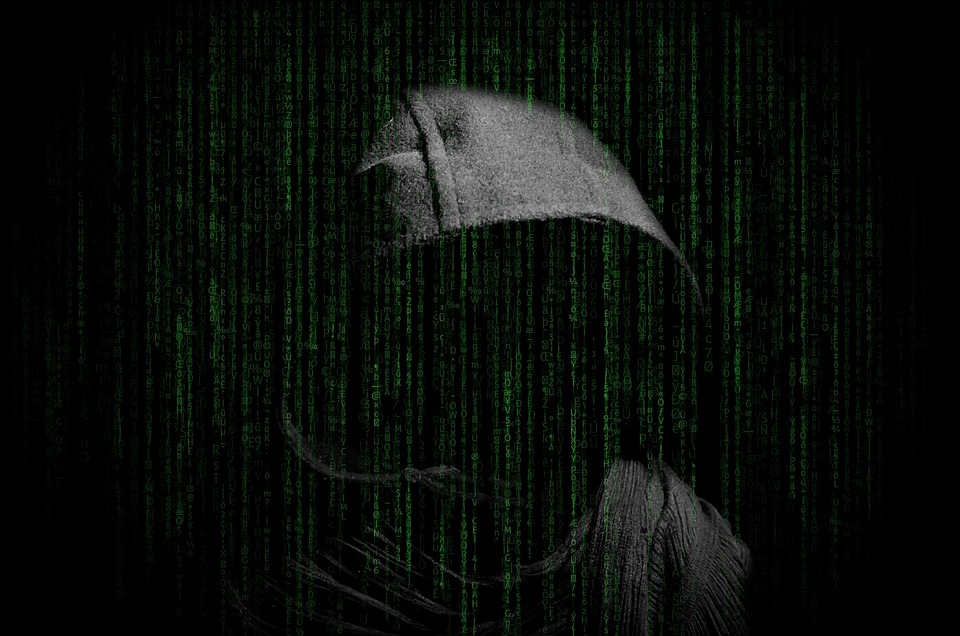Insider threats are a growing concern for businesses and organizations of all sizes. As technology advances, so do the risks associated with malicious insiders. Insider threats can come from employees, contractors, or other individuals with access to sensitive information or systems. These threats can be intentional or unintentional, and can have serious consequences for organizations.
The most common type of insider threat is malicious intent. This type of threat is when an individual with access to sensitive information or systems uses that access to cause harm to the organization. This could include stealing data, sabotaging systems, or even using the organization’s resources for personal gain.
Another type of insider threat is unintentional. This type of threat is when an individual with access to sensitive information or systems makes a mistake that results in a security breach. This could include accidentally downloading malware, clicking on a malicious link, or sharing confidential information with an unauthorized person.
No matter the type of insider threat, the consequences can be severe. Organizations can suffer financial losses, reputational damage, and even legal action. It is important for organizations to take steps to protect themselves from insider threats.
Organizations should have policies and procedures in place to protect against insider threats. These policies should include measures such as restricting access to sensitive information and systems, monitoring user activity, and conducting regular security audits. Organizations should also provide training to employees and contractors on security best practices.
Organizations should also consider implementing technical solutions to protect against insider threats. These solutions can include data encryption, user authentication, and access control. These solutions can help to ensure that only authorized users have access to sensitive information and systems.
Insider threats can have serious consequences for organizations. It is important for organizations to take steps to protect themselves from these threats. By implementing policies, procedures, and technical solutions, organizations can help to protect themselves from malicious and unintentional insider threats.





















